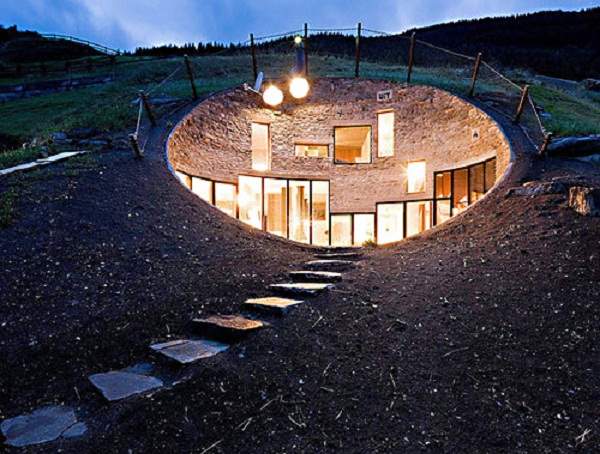Why Air Conditioning Will Be Just a Blip in History
We didn't need it 50 years ago, and we might not need it in another 50.
According to all reports, climactic temperatures are on the up. So, how best to keep ours down? Air conditioning has been the favoured solution for years, but is it really the most satisfactory? It's a drain on the household budget, it'll leave the air drier than the jokes in an Oscar Wilde play, and it'll make you the natural enemy of asthmatics, athletes and singers. What's more, despite keeping things cool at home, air conditioning contributes to the emission of greenhouse gases.
Architects, designers, engineers and scientists the world over are busy in their labs and studios developing more sustainable and attractive methods for making homes and workspaces livable. In Italy, recycled plastic is being turned into insulation; in Germany, maximum airtightness is minimising temperature fluctuations; in the United States, one man has combined heating and cooling his place with building gigantic ice sculptures.


40,000 Plastic Bottles
Hold onto your soft drink bottles; you'll need 40,000 of the plastic kind to model your home on this zero energy beauty, titled Tvzeb. Designed and developed by Traverso-Vighy Architecture in conjunction with the University of Padua's Department of Technical Physics, it's hiding in the woods in north-eastern Italy, just a few kilometres outside the World Heritage listed city of Vicenza. The bottles were transformed into a 90mm layer of insulating polyester fibre, which combines with a heat minimising structural design and reflective glass to keep the elements at bay.

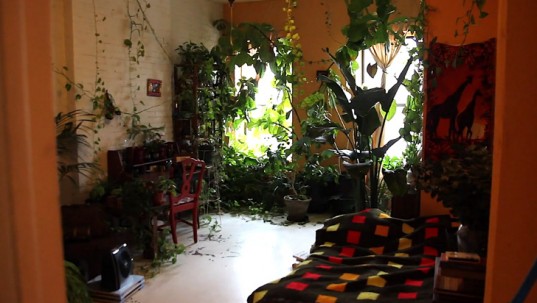
Plants. Hundreds of Them. Inside.
This is model and activist Summer Rayne Oakes' Brooklyn apartment. She keeps temperatures at an equilibrium by living in a vertical garden, with 220 plants filling her kitchen, living room and bedroom. Keeping them alive doesn't require any sacrifice of her hectic eco-awareness promoting schedule. An automated subirrigation system does the job.

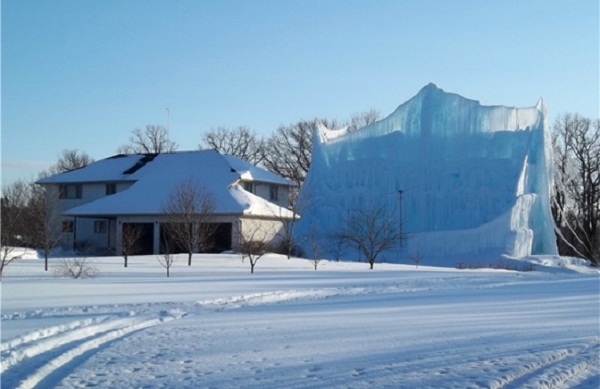
Pump it Up
Minnesota artist Roger Hanson builds gigantic ice sculptures and keeps his home comfy using geothermal heat, which takes advantage of the Earth's stable temperatures. For cooling, a pump sends water underground, where warmth is removed; for heating, the opposite occurs — water is pumped up from the hot surface layer of the Earth's crust.

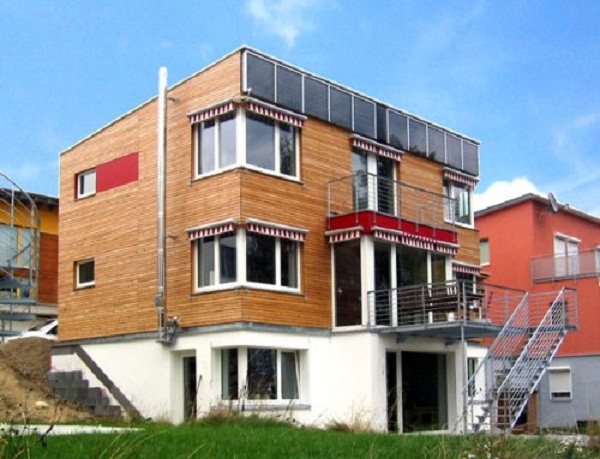
Passive House
The Passive House, or Passivhaus, as its German and Swiss originators call it, is all about extreme energy efficiency. To qualify, a building must meet some pretty stringent standards, including a maximum hourly air leak of only 0.6 times its entire capacity and an annual energy consumption no higher than 120kWh/m2. This is achieved through a 'passive solar' design and airtightness as close to 100 percent as is manageable. About 30,000 Passive Houses can be found in the world, most of them on the European continent.

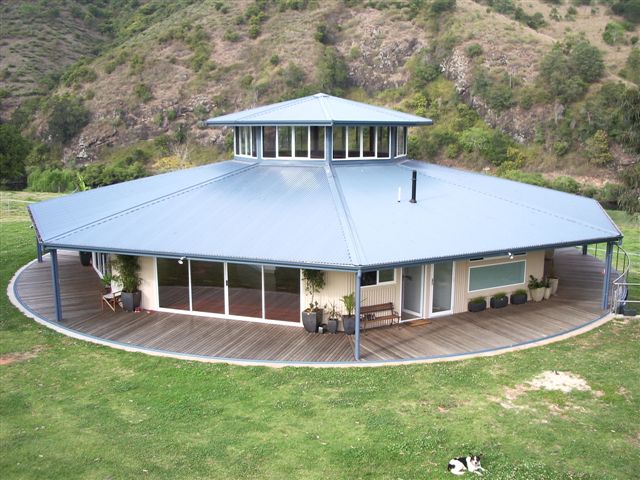
Follow the Sun
Australian couple Luke and Debbie Everingham have designed and built a rotating house. Located on the Nowendoc River in the Manning Valley, it's powered by an engine that's only slightly bigger than one you'd find in a washing machine. Access to both sun and shade is optimised and construction costs are on par with those of building a regular home.

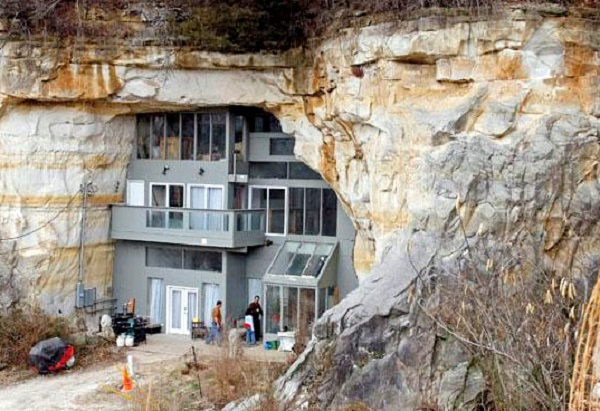
Caveman Style
The troglodytes had it figured out all those thousands of years ago. American couple Curt and Deborah Sleeper built this house into a sandstone cave in Festus, Missouri. Before their purchase of the space, it functioned as a roller-skating rink and concert venue, where the likes of Tina Turner and Bob Seger made appearances. The need for air conditioning is eliminated via a blend of natural insulation, thoughtful design and geothermal heat.

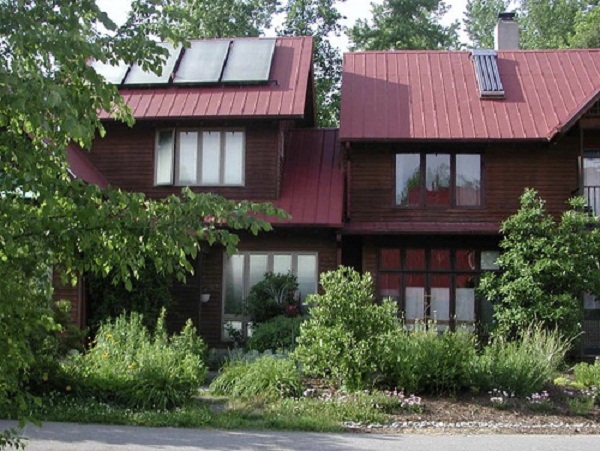
Back to Basics
Architect Giles Blunden knows about living in hot climates. He spent his childhood in the Australian outback before moving to the American South. In 2000, Natural Home magazine awarded him Home of the Year for this house, which is situated in North Carolina's first co-housing neighbourhood, Arcadia. A moderate temperature is maintained through old-fashioned methods: cross-ventilation, high ceilings, fans, a tin roof and eaves. According to Blunden, “Many of these features are just common-sense things that people have forgotten.”

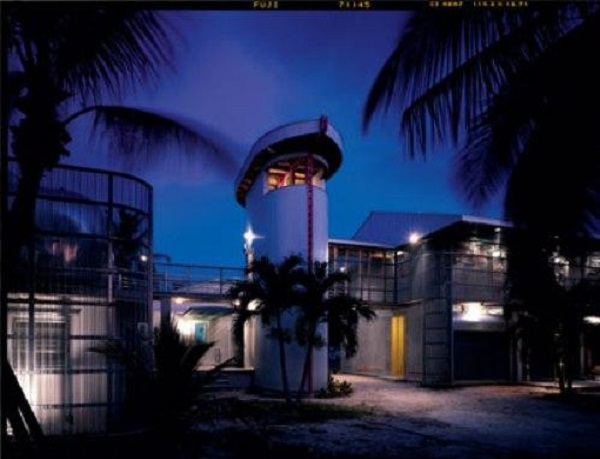
In the Treetops
Artists Beth Kraminstein and Roy Levy wanted to live and work in their place without depending on air conditioning. So the environmentally conscious architects at Jersey Devil conjured this one up for them. Cross-ventilation is achieved through three garage doors and seventy carefully positioned windows. A new wing has been built to sit in the treetops, maximising the cooling effect of ocean breezes, while insulation is achieved through a blend of concrete, corrugated steel and Galvalume steel.

Go Underground
No, it's not a scene from The Lord of the Rings, it's a real-life, tall person's home, to be found in Vals, Switzerland. Certainly inspired by J.R.R. Tolkien's imaginary world, this Hobbit Hole is the product of the combined efforts of Christian Muller Architects and SeARCH. Temperatures are kept at a civilised level by virtue of its being underground, but the oval design allows plenty of sunlight to shine through and affords mountain views.


Find Some Fans
If an architect-designed house is beyond reach, or you can't see yourself catching up with Gandalf underground, you can always opt for a simpler solution: fans. Think of your home as you would your MySpace page. There are loads of unusual ceiling fans on the market these days, and if you want to get really serious about it, you can always consider a mega whole house cooling package, offered by businesses like Breeze Power.

